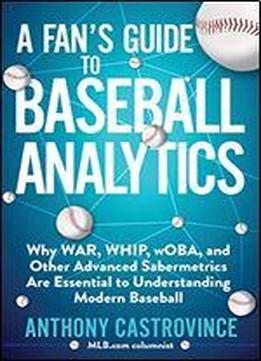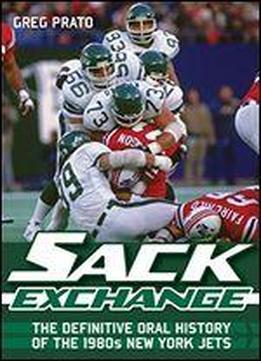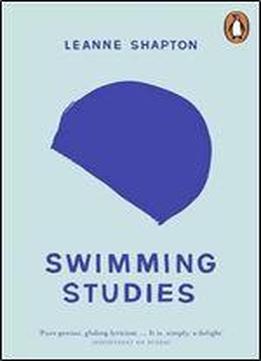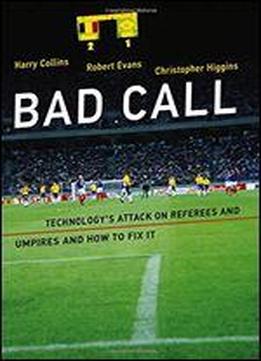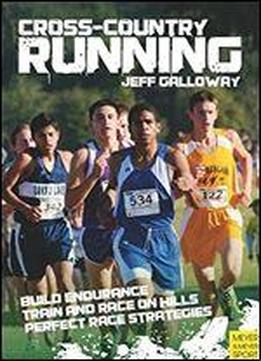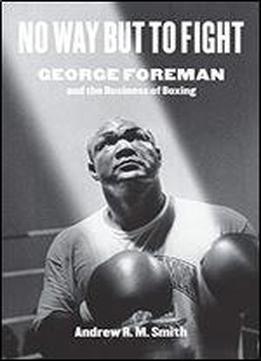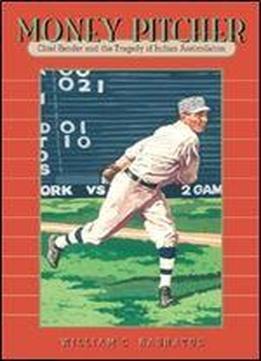
Money Pitcher: Chief Bender And The Tragedy Of Indian Assimilation (keystone Books)
Tags:
William C. Kashatus
Charles Albert Bender was one of baseball’s most talented pitchers. By the end of his major league career in 1925, he had accrued 212 wins and more than 1,700 strikeouts, and in 1953, he became the first American Indian elected to baseball’s Hall of Fame. But as a high-profile Chippewa Indian in a bigoted society, Bender knew firsthand the trauma of racism. In Money Pitcher: Chief Bender and the Tragedy of Indian Assimilation, William C. Kashatus offers the first biography of this compelling and complex figure. Bender’s career in baseball began on the sandlots of Pennsylvania’s Carlisle Indian Industrial School, where he distinguished himself as a hard-throwing pitcher. Soon, in 1903, Philadelphia Athletics manager Connie Mack signed Bender to his pitching staff, where he was a mainstay for more than a decade. Mack regarded Bender as his “money pitcher”—the hurler he relied on whenever he needed a critical victory. But with success came suffering. Spectators jeered Bender on the field and taunted him with war whoops. Newspapers ridiculed him in their sports pages. His own teammates derisively referred to him as “Chief,” and Mack paid him less than half the salary of other star pitchers. This constant disrespect became a major factor in one of the most controversial episodes in the history of baseball: the alleged corruption of the 1914 World Series. Despite being heavily favored going into the Series against the Boston Braves, the A’s lost four straight games. Kashatus offers compelling evidence that Bender intentionally compromised his performance in the Series as retribution for the poor treatment he suffered. Money Pitcher is not just another baseball book. It is a book about social justice and Native Americans’ tragic pursuit of the white American Dream at the expense of their own identity. Having arrived in the major leagues only thirteen years after the Wounded Knee Massacre of 1890, Bender experienced the disastrous effects of governmental assimilation policies designed to quash indigenous Indian culture. Yet his remarkable athleticism and dignified behavior disproved popular notions of Native American inferiority and opened the door to the majors for more than 120 Indians who played baseball during the first half of the twentieth centuryMoney Pitcher could not have been written without the help of many individuals. At the top of the list is Robert D. Warrington of the Philadelphia Athletics Historical Society. Not only did he inspire the idea for this book, but he read earlier drafts of the manuscript, offered invaluable criticism, and gave me permission to publish rare photographs from his extensive collection. Bob cultivated my own t in the Philadelphia Athletics many years ago when I curated an exhibition at the Chester County Historical Society entitled Baseballs White Elephants: Connie Mack and the Philadelphia Athletics. Since then we have collaborated on baseball conferences, radio interviews, and historical marker dedications. In the process, Bob has become a dear friend whose work on behalf of the Athletics deserves to be honored with the dedication of this book.

